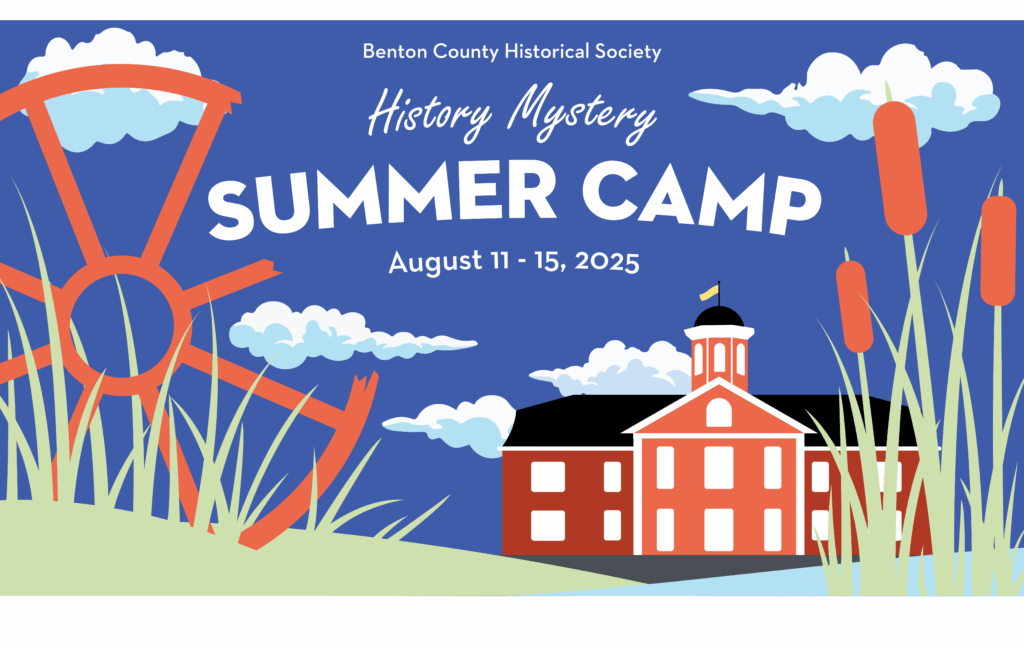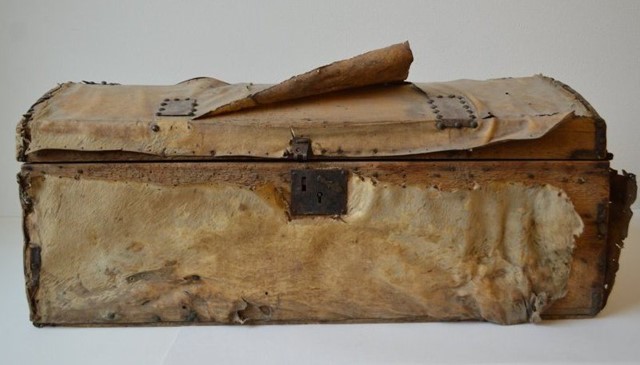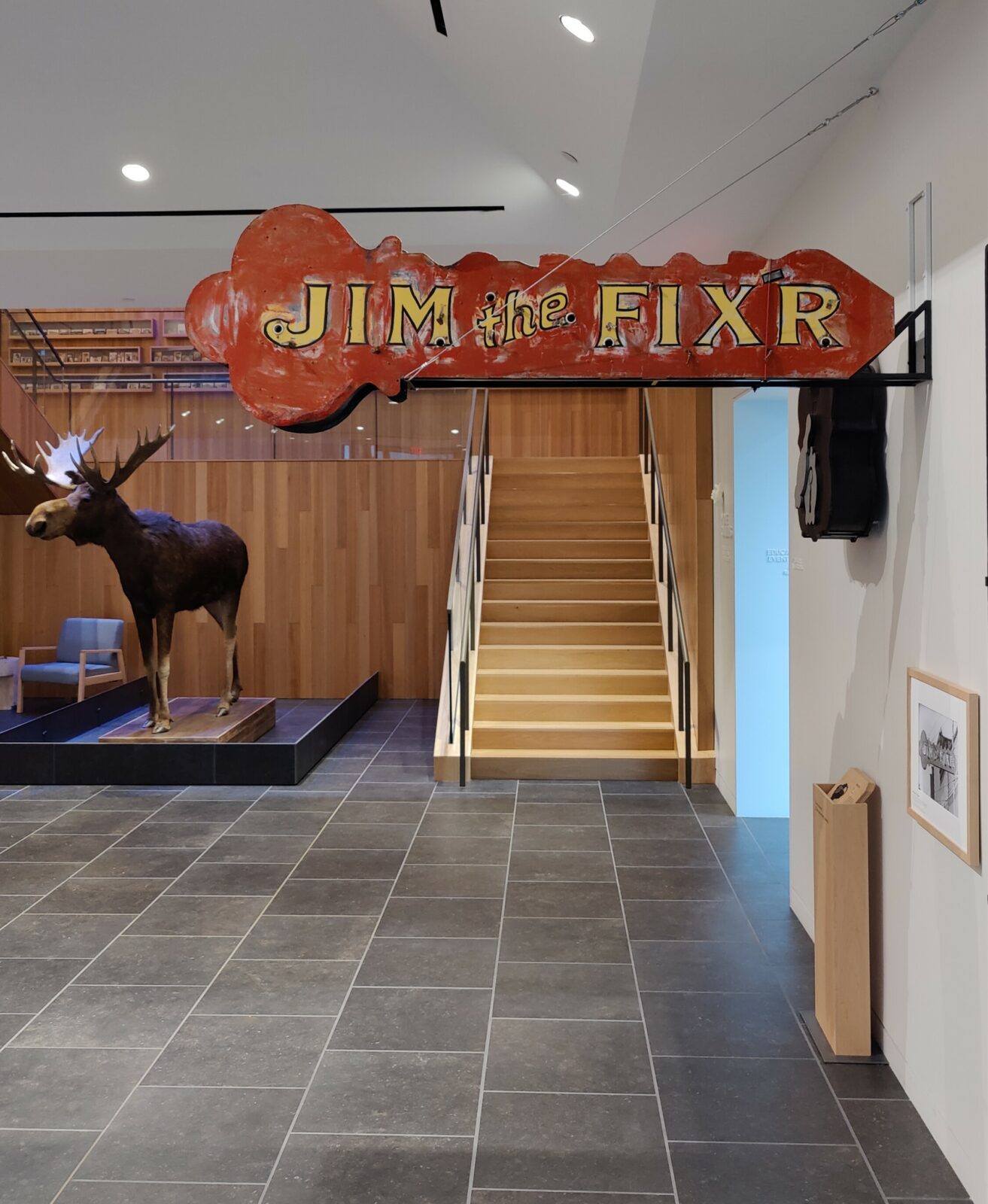
This neon sign is on exhibit in the entry hall of the Corvallis Museum.
Originally, the sign indicated the site of the Jim the Fix’r store at 115 NW Second Street in Corvallis.
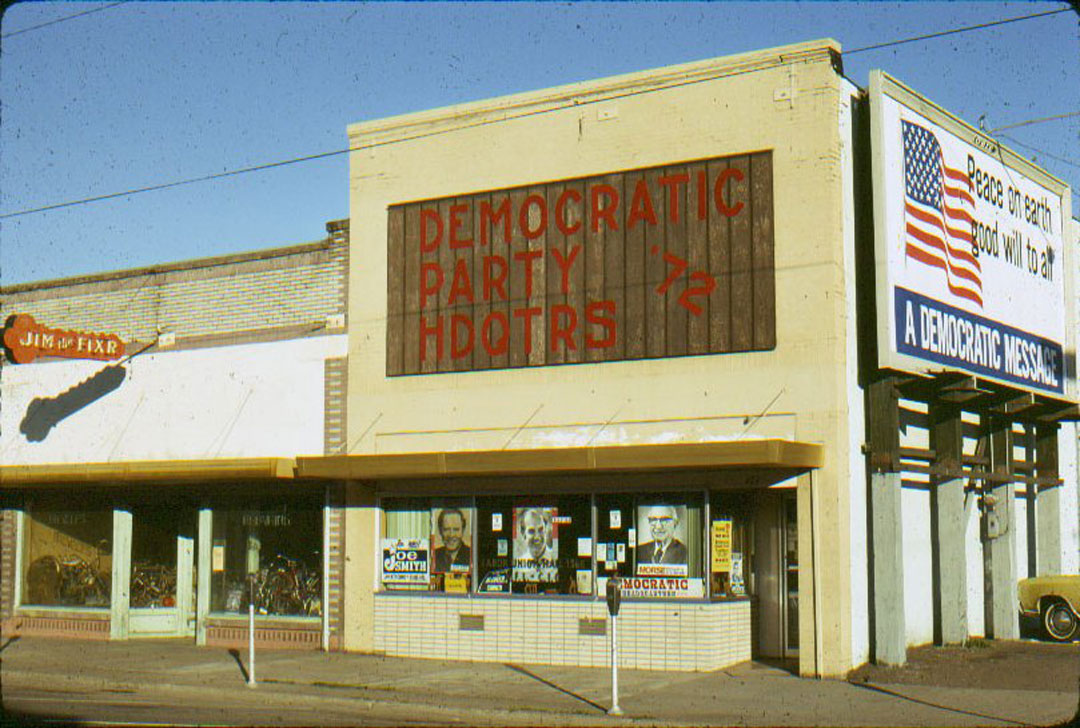
The shape of the sign indicated that owner Lawrence E. “Axel” Howard was a locksmith and sold locks and keys.
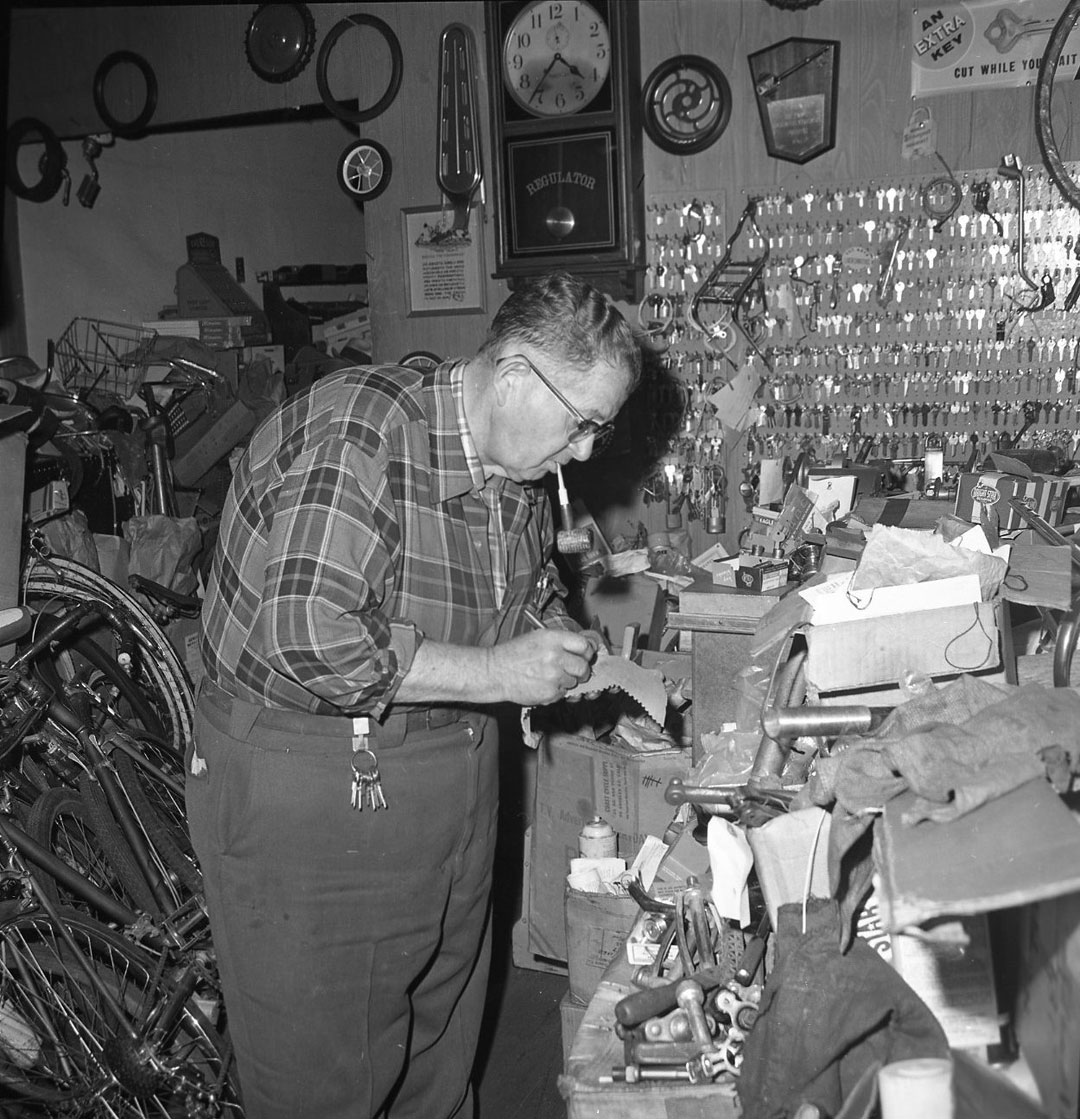
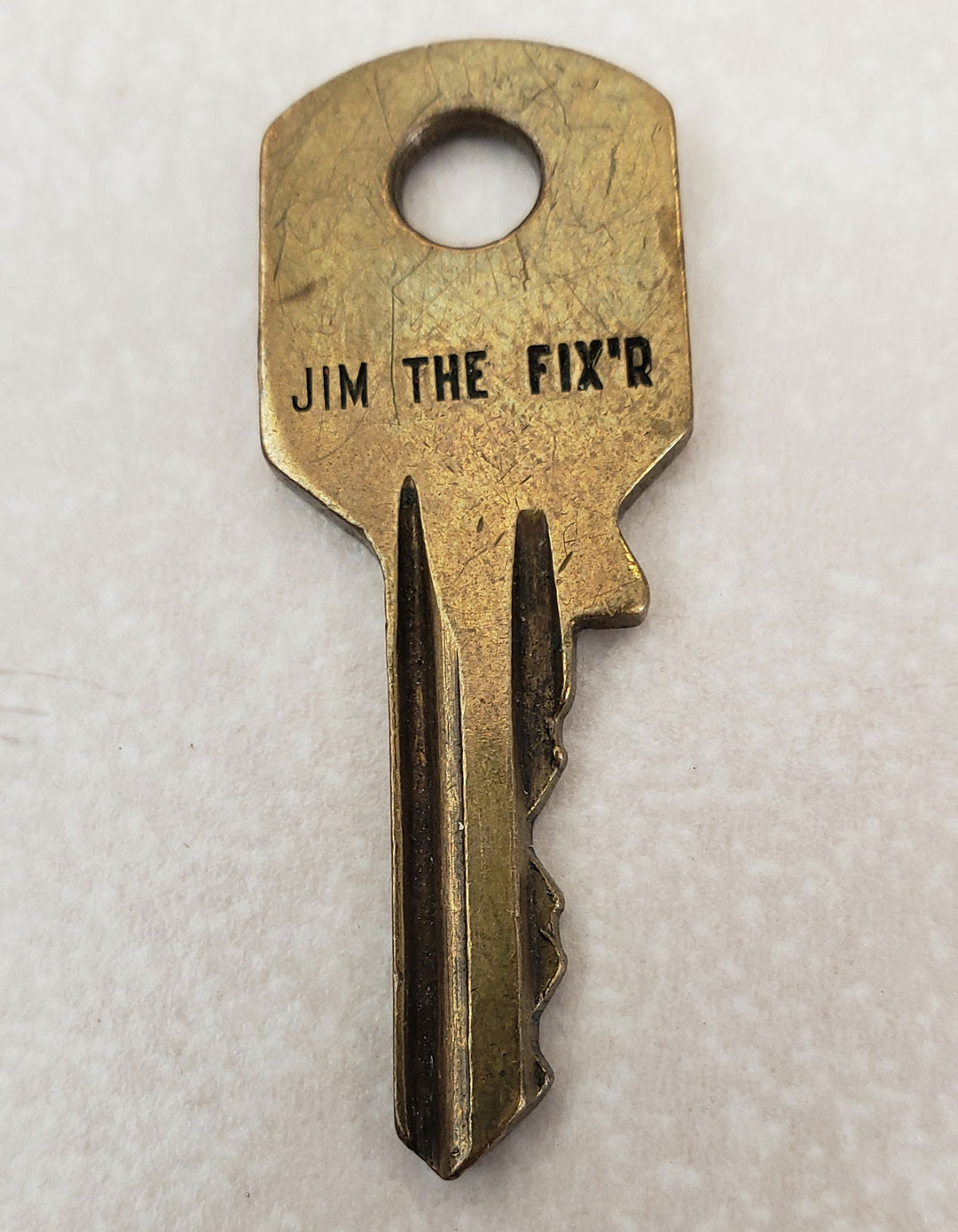
The “fix’r” in the name of the store had a long history.
The first “fixer” was T. W. Dilly who had a repair shop in Corvallis in the late 1890s and early 1900s. He was often referred to in the newspapers of the time as “Dilly the Fixer” because he could fix “machines, umbrellas, clocks, door knobs, locks, anything.”
James K. Berry worked with Dilly for 3 years. In 1901, he opened his own bicycle and general repair shop at 330 SE Second Street in Corvallis. He sold several brands of bicycles as well as motorcycles, fishing tackle, and guns. He could sharpen lawnmowers and do all types of repairs, including brazing and enameling. He retired in 1933.
Lawrence Howard, who had begun working for Berry as a teenager, took over the shop. It moved to the location shown in the above photograph in 1947. After Howard’s death in 1985, the Corvallis Gazette Times wrote, “Actually ‘shop’ is far to tame a word for Jim the Fix’r’s place. It was a museum, a wilderness, a stopping point for bicycles awaiting reincarnation. In the dim and seemingly endless recesses of back rooms, great tangled piles of bicycles skeletons stretched toward the high ceiling. Every available inch of floor and wall space was covered with tools, spare parts, cables, gears, and unidentifiable pieces of machinery.”
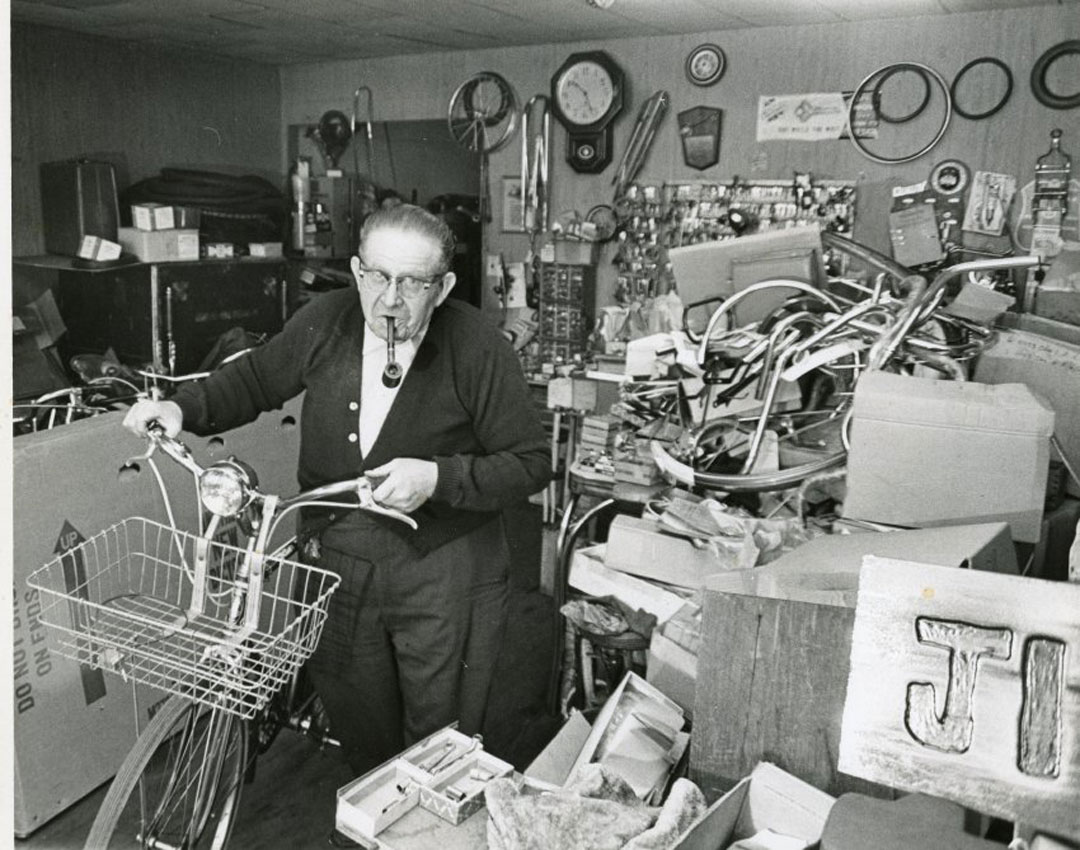
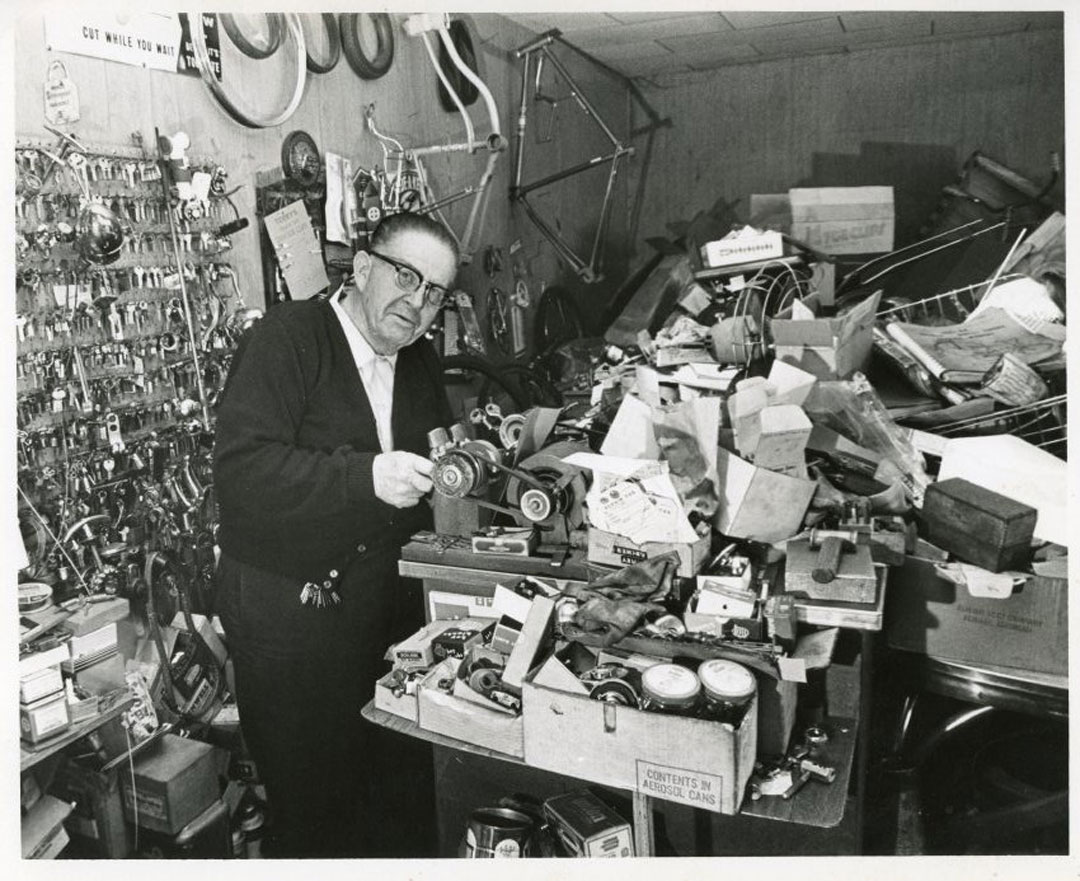
Even though the shop closed, the sign’s legacy lived on. Author Bernard Malamud, who taught at Oregon State University from 1949-1961, had a room on Second Street where he did his writing. From there, he could see the sign and used “The Fixer” as the title of his novel about antisemitism in Russia. The book, published in 1966, won both the National Book Award for Fiction and the Pulitzer Prize for Fiction.
